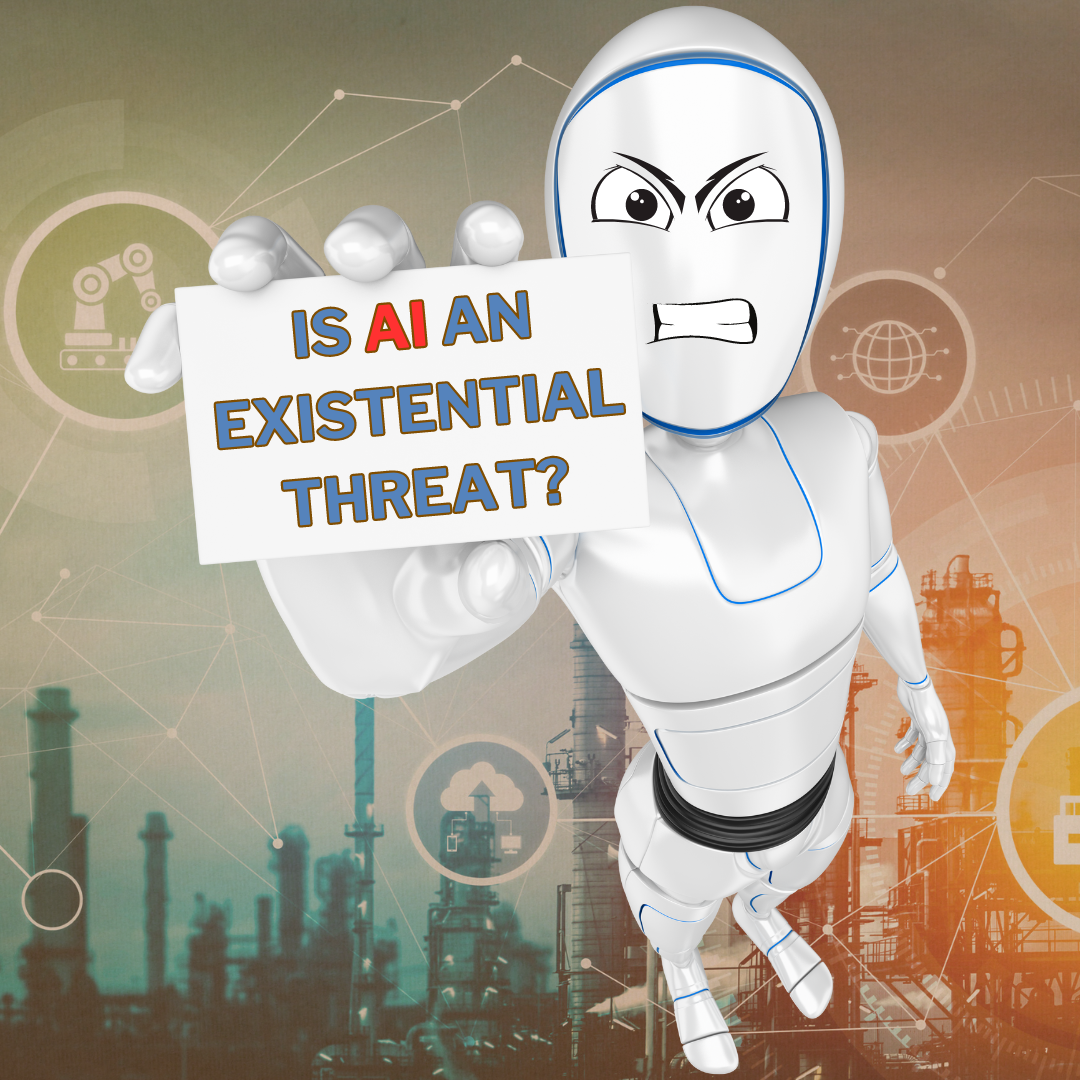How Does Machine Learning Fit into the Realm of Artificial Intelligence?
In the ever-evolving landscape of technology, two terms that often take center stage are Artificial Intelligence (AI) and Machine Learning (ML). While they are closely related, understanding the nuances between the two is crucial. Is Machine Learning merely a subset of Artificial Intelligence, or do they operate independently? Let's delve into the intricacies of these cutting-edge technologies to unravel the distinctions and explore their collaborative potential.
Defining the Landscape:
Artificial Intelligence, in essence, refers to the development of computer systems that can perform tasks requiring human intelligence. These tasks encompass a broad spectrum, from speech recognition and problem-solving to understanding natural language and visual perception. On the other hand, Machine Learning represents a subset of AI, focusing on the development of algorithms that enable computers to learn patterns and make decisions based on data.
1. Core Differences:
- Artificial Intelligence:
AI encompasses a wide array of techniques and methodologies, aiming to create machines that can simulate human intelligence. It includes rule-based systems, expert systems, and various other approaches that enable computers to mimic human cognitive functions. AI seeks to create systems that can adapt, reason, and learn from experiences, ultimately exhibiting intelligent behavior.
- Machine Learning:
Machine Learning, on the other hand, is a specific approach within the broader realm of AI. ML algorithms empower systems to automatically learn and improve from experience without being explicitly programmed. It involves the analysis of patterns in data, allowing machines to make predictions or decisions without explicit human intervention.
2. Learning Mechanisms:
- Artificial Intelligence:
Traditional AI systems are rule-based and rely on predefined logic and algorithms. These systems follow explicit instructions provided by human programmers to perform tasks. While they can execute complex functions, their adaptability and learning capabilities are limited.
- Machine Learning:
ML, in contrast, focuses on learning from data. Instead of relying on predefined rules, ML algorithms use statistical techniques to learn patterns and relationships within datasets. As more data becomes available, ML models can improve their performance and adapt to changing circumstances.
3. Adaptability and Generalization:
- Artificial Intelligence:
AI systems often lack the adaptability and generalization seen in Machine Learning. Their performance is heavily reliant on predefined rules and may struggle to handle unforeseen scenarios or data variations.
- Machine Learning:
ML excels in adaptability and generalization. The ability to learn from diverse datasets enables ML models to make predictions or decisions in new, unseen situations. This adaptability is a key factor in the success of ML applications like image recognition, natural language processing, and recommendation systems.
4. Human Intervention:
- Artificial Intelligence:
Traditional AI systems require significant human intervention in terms of rule creation and explicit programming. The knowledge and expertise of human programmers play a crucial role in shaping the system's behavior.
- Machine Learning:
ML systems minimize the need for explicit programming, as they can autonomously learn and improve from data. While human involvement is necessary in designing and fine-tuning the ML models, the reliance on manual rule creation is significantly reduced.
5. Scope and Applications:
- Artificial Intelligence:
AI's scope extends beyond machine learning to include other techniques such as expert systems, knowledge representation, and symbolic reasoning. Its applications range from game playing and robotics to natural language understanding and problem-solving.
- Machine Learning:
ML, being a subset of AI, is specifically focused on learning from data. Its applications include predictive analytics, pattern recognition, and optimization. Common ML applications include recommendation systems, fraud detection, and autonomous vehicles.
So, Is Machine Learning a Part of Artificial Intelligence?
Yes, Machine Learning is indeed a part of Artificial Intelligence, but it is important to recognize that AI encompasses a broader spectrum of techniques and approaches. Machine Learning serves as a powerful tool within the AI framework, enabling systems to learn and improve from data, a capability that traditional rule-based AI systems lack.
- How They Work Hand-in-Hand:
While AI provides the overarching goal of creating intelligent machines, Machine Learning offers a practical means to achieve it. ML algorithms enhance the adaptability and learning capabilities of AI systems, allowing them to evolve and perform complex tasks without constant human intervention.
- The Synergy in Practical Applications:
In real-world applications, AI and ML often work hand-in-hand to create intelligent systems. For instance, a voice-activated virtual assistant may utilize AI for natural language processing and understanding, while employing ML algorithms to continuously improve its speech recognition accuracy based on user interactions.
- The Future of AI and ML:
As technology continues to advance, the synergy between AI and ML is expected to play a pivotal role in shaping the future. The development of more sophisticated ML algorithms, coupled with the integration of AI techniques like deep learning, holds the potential to revolutionize industries such as healthcare, finance, and transportation.
Conclusion:
In conclusion, while Artificial Intelligence and Machine Learning share a close relationship, they represent distinct concepts within the realm of technology. AI encompasses a broader scope of techniques, including rule-based systems, while Machine Learning specifically focuses on algorithms that enable autonomous learning from data. Recognizing their differences is essential for grasping the full spectrum of capabilities these technologies offer. Together, AI and ML pave the way for innovative solutions that have the power to transform the way we live and work in the future.




